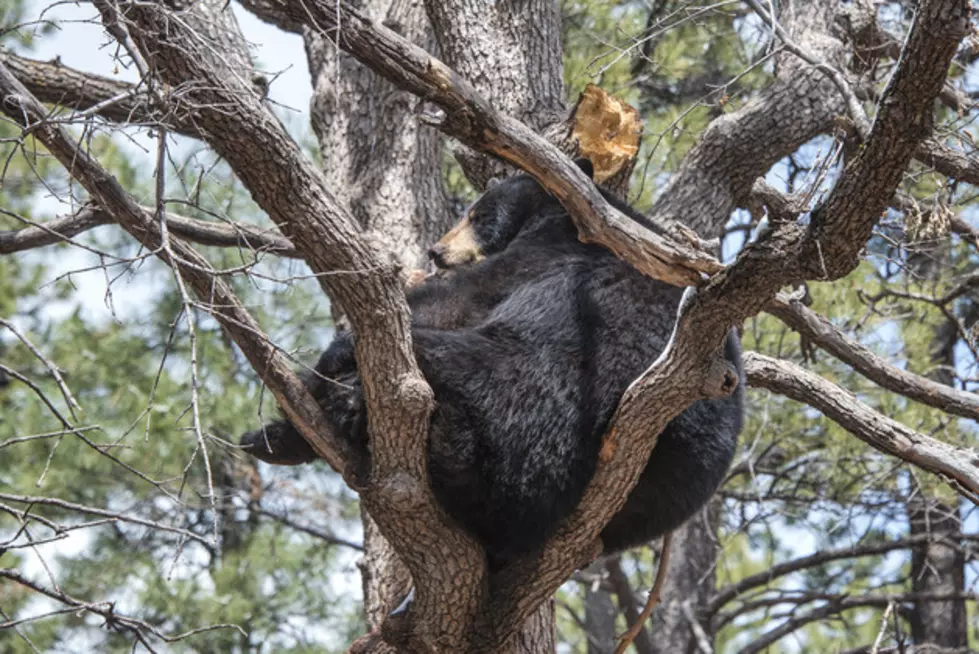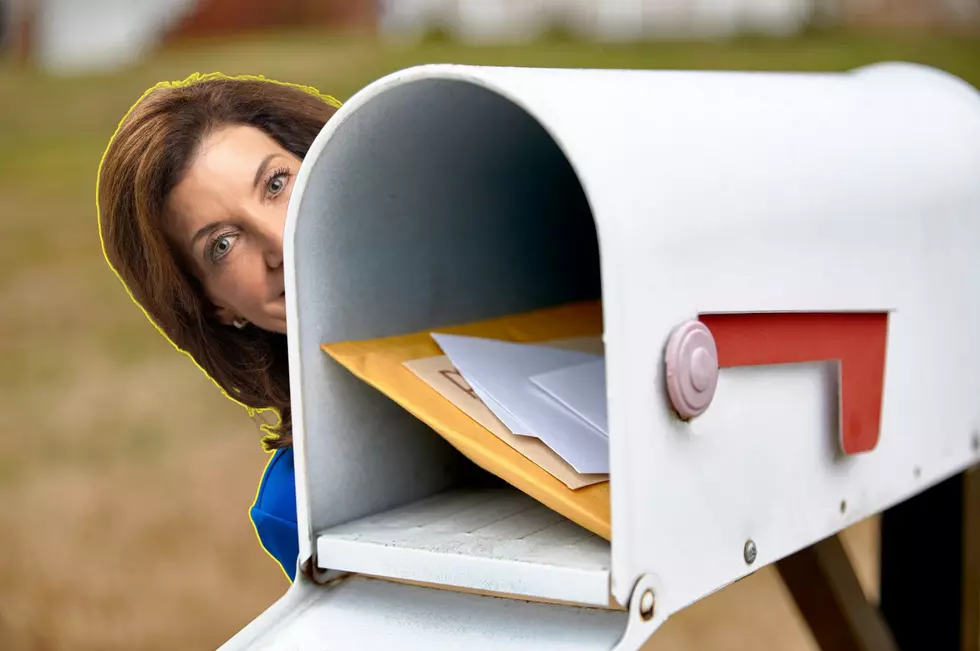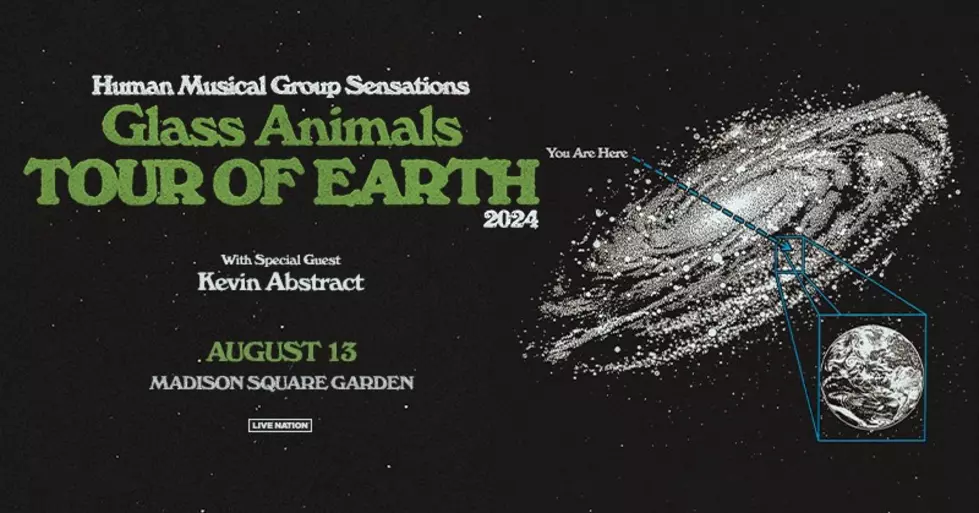
New York’s Black Bears Are on the Move
Thinkstock
Warmer weather is here and we aren't the only ones enjoying the nice days. New York's black bears are coming out of hibernation and are on the move. According to the Department of Environmental Conservation, New York is home to between 6,000 and 7,000 bears that are now needing to replenish their nutrients and body fat.
Bears must often cross roads or pass through developed areas to get to their preferred habitat and they often find human foods readily accessible if homeowners do not take necessary precautions. If that's the case, they may be hard to get rid of.
Seeing a bear in your yard can be a frightening experience. Take it from me, I couldn't get back inside fast enough after stepping off our back porch and seeing a black bear about fifteen feet away coming up our hill.
Obviously, not every bear that passes through neighborhoods is a problem bear, but if they can find food in your yard, or your neighbors, they will keep coming back. The Department of Environmental Conservation has issued some helpful tips on how to avoid encounters with these animals in your own yard.
- Take down bird feeders after April. Birds don't need supplemental food in the spring and summer, when natural foods are most abundant (even if you believe your bird feeder to be inaccessible to bears, the birds will drop seed on the ground, which attracts bears to your yard).
- Clean off barbeque grills before night fall (don't forget the grease trap), and if possible, store grills inside when not in use.
- Store garbage in a secure building or location, secure can lids with ropes/bungees/chains; never over-fill cans, and dispose of garbage as frequently as possible.
- Do not add meat scraps, bones or melon rinds to your compost pile
- Feed pets indoors and store pet food indoors. If pets must be fed outside, immediately remove all uneaten food and dishes.
To learn more about bears, or to report a problem, click here.
More From WRRV-WRRB








